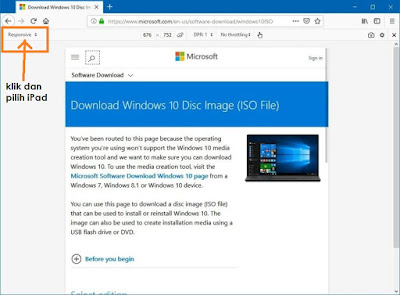ASSIGNMENT 2
1.
Describe the differences among short-term and long-term scheduling.
2. Describe the actions
taken by a kernel to context-switch between processes.
3. The benefits of multithreaded
programming can be broken down into four major categories (Responsiveness,
Resources Sharing, Economy, utilization of multiprocessor): Briefly explain
each of them.
4. Explain the three models of
multithreading.
ASSIGNMENT 3
1. There are five criterions that have
been suggested for comparing CPU scheduling algorithms. List and briefly
explain each of them.
2. Consider the following set of processes that arrive at
time 0, with the length of the CPU burst given in milliseconds:
Process Burst
Time Priority
P1 15 3
P2 10 1
P3 3 3
P4 5 2
P5 9 4
The processes are assumed to have arrives in order
P1,P2,P3,P4,P5 all at time 0.
a. Draw four Gantt charts that
illustrate the execution of these processes using the following scheduling
algorithms : FCFS, SJF, nonpreemptive priority ( a smaller priority number
implies a higher priority), and RR (quantum = 5).
b. What is the average waiting time of
each process of the scheduling algorithms in part a?
c. What is the turnaround time of each process of
the scheduling algorithms in part a?
d. Which of the algorithms in part a
results in the minimum average waiting time (over all processes)?
3. A file
attribute is metadata that describes or is associated with a computer file.
Typically there are 7 common file’s
attributes. Briefly explain each of them.
4. There are four (4) pieces of information
are associates with an open file. Explain each of them




No comments:
Post a Comment